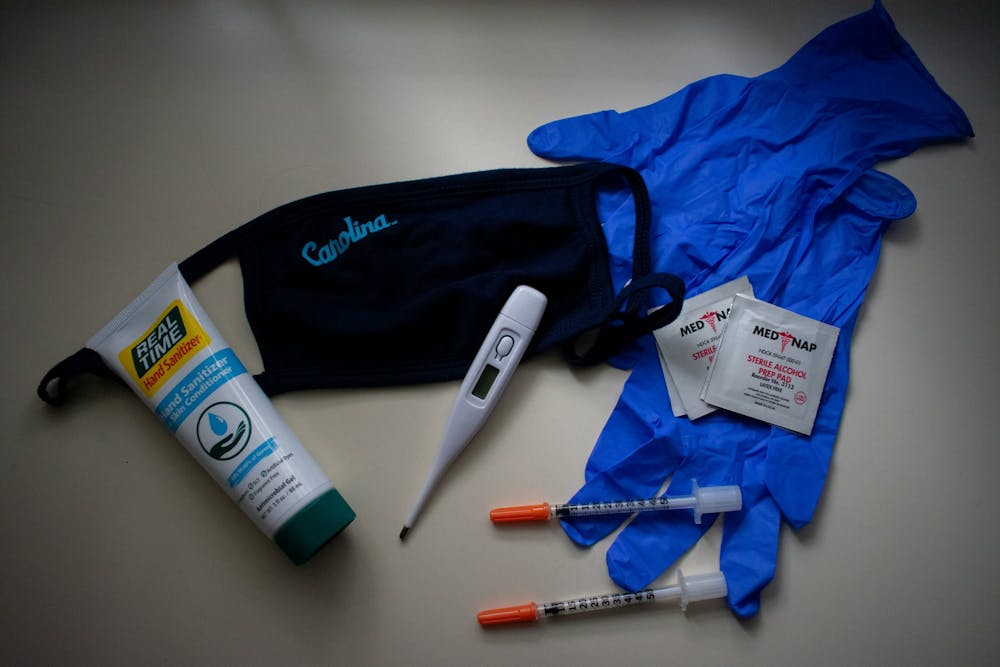Earlier this week, significant advances were made in COVID-19 research, as Pfizer and BioNTech released data showing their initial vaccine was 90 percent effective for reducing symptomatic COVID-19 cases. But, while a vaccine may be authorized and put into practice in the next few months, that doesn’t mean you’ll be able to throw away your mask and hand sanitizer anytime soon.
Here are several things to keep in mind as more pharmaceutical companies release their trial data — and to consider before getting excited about things returning to some sense of normalcy.
Distribution
Dr. Anthony Fauci, director of the National Institute of Allergy and Infectious Diseases, said a vaccine could be available to the general U.S. population by April 2021. The first people to receive the vaccine would likely be health care workers, elderly individuals and individuals with underlying conditions. And the U.S., U.K., European Union, Canada and Japan have claimed over 80 percent of Pfizer's coronavirus vaccine supply, meaning the vaccine wouldn't be available to less developed countries until the end of 2021 — so international travel will remain largely out of the question for a while.
However, it's not clear how easy it will be to ensure the vaccine can go from pharmaceutical companies to the general public. For example, Pfizer’s vaccine must be kept at temperatures below -176°F, making it unlikely to be distributed to every doctor’s office and pharmacy.
Additionally, it’s difficult to convince individuals — especially those who are already skeptical of vaccines and the government’s influence on accelerating the approval timeline — to get the vaccine when it comes out. Experts have predicted that about 70 percent of the population will need to be vaccinated to provide “herd immunity.” This becomes especially difficult given that the long-term effects of some of the vaccines are widely unknown.
Vaccine effectiveness
Although the preliminary data released by Pfizer indicated a 90 percent efficacy rate, the data is just that: preliminary. The first vaccines are likely only going to provide moderate protection, and due to the accelerated testing timeline, some may be abruptly pulled from the market due to safety concerns.
The United States developed Operation Warp Speed, a multiagency effort to allow vaccine makers to run their own trials under government funding — but only if they used protocols that followed set guidelines and let the National Institutes of Health test all of their volunteers in the same way. Some companies participating, like Moderna, are expected to release the results of their clinical trials in the upcoming weeks.



